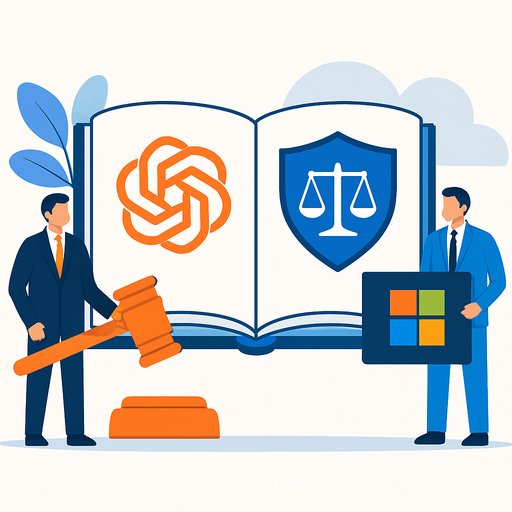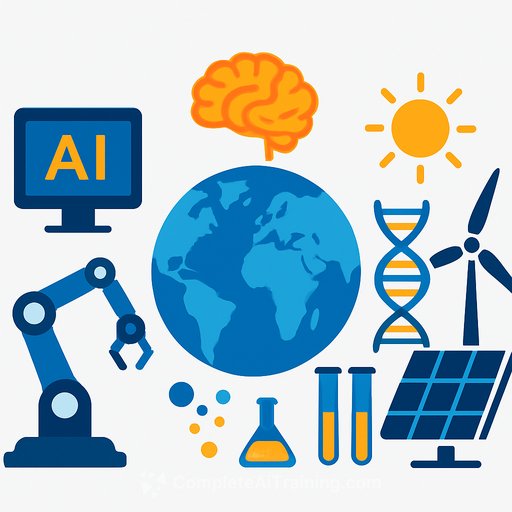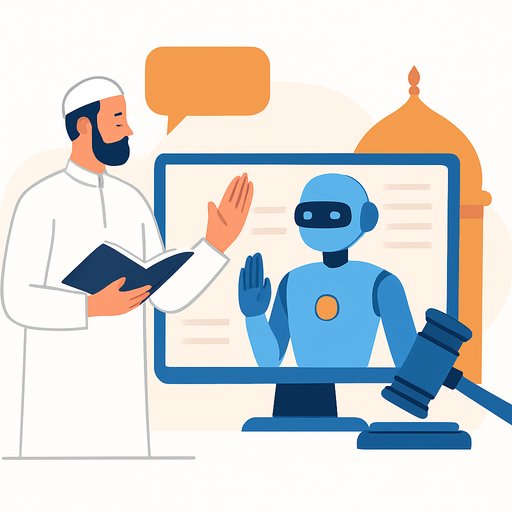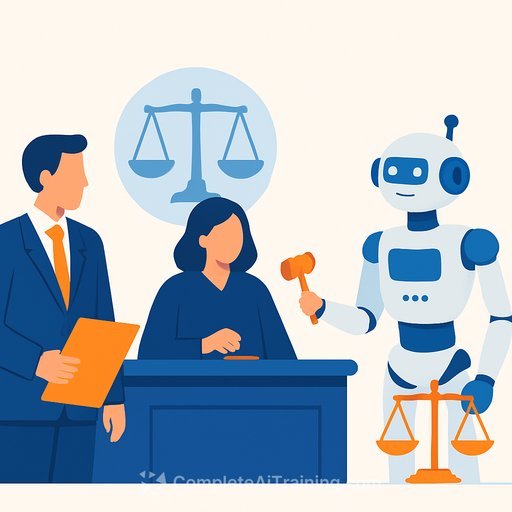OpenAI's Conversion to a Public Benefit Corporation: What Counsel Needs to Know
OpenAI has converted its primary operating entity into a for-profit public benefit corporation (PBC) incorporated in Delaware. The move follows sign-off from Delaware's attorney general, clearing a path for the company to raise capital more freely while keeping a mission mandate on paper.
Microsoft now holds roughly 27% of the new for-profit entity, based on a $500bn valuation under the deal. OpenAI also reworked its ownership stack and revised its partnership terms with Microsoft.
Why the PBC structure matters
A Delaware PBC is still a for-profit corporation, but its board must balance shareholder value with a stated public benefit and stakeholder interests. That balance is not optional-it's a fiduciary duty with disclosure expectations to stockholders.
For in-house and outside counsel, this alters the governance posture: board processes, conflicts analysis, and periodic public benefit reporting will all need tighter controls.
- Charter and bylaws: confirm the specific public benefit, director duties language, and benefit-report cadence.
- Board process: ensure minutes show consideration of the public benefit and affected stakeholders on key decisions.
- Disclosure: plan for stockholder benefit statements and associated verification standards.
Delaware's PBC overview is a useful reference for statutory expectations.
Regulatory backdrop
Delaware's attorney general did not object to the restructuring. California's attorney general had also reviewed aspects of the plan given OpenAI's headquarters in the state, with the company saying it completed the process after extended dialogue with both offices.
Counsel should expect follow-on inquiries focused on charitable-asset protections, governance controls, and whether nonprofit oversight is substantive or nominal. See general oversight resources from the California Department of Justice, Charitable Trusts Section.
Who controls what
OpenAI states that the original nonprofit remains in control of the for-profit. The nonprofit-now called the OpenAI Foundation-will reportedly grant $25bn toward health, disease cures, and AI-related cybersecurity, though the timing is unspecified.
Critics argue that nonprofit control can be symbolic if economic terms and information rights anchor decision-making at the for-profit. As one advocate put it, there's no clear history of the nonprofit imposing its values on the for-profit's operations. Expect scrutiny of reserved powers, veto rights, and any negative controls held by investors.
Microsoft's revised rights
Microsoft's stake sits around 27%, with refreshed commercial terms. Notably, Microsoft keeps certain rights to OpenAI's confidential research methods until an independent expert panel verifies that AGI has been achieved-or until 2030, whichever occurs first. Microsoft also retains some commercial rights to OpenAI products after any AGI declaration.
Legal teams should map these terms to IP ownership, trade secret handling, and information-sharing limits. Pay attention to any change-of-control, milestone, or AGI-triggered termination mechanics that could reallocate rights midstream.
AGI trigger now subject to external verification
Previously, OpenAI said its own board would determine when AGI is reached, which would have ended parts of the Microsoft arrangement. Now, any AGI declaration requires verification by an independent expert panel. This adds a formal gate that could delay or reshape how and when certain rights flip.
For counterparties, this is not academic-product access, pricing, and exclusivity can hinge on that trigger. Contracts should define AGI-related contingencies with objective criteria, evidence standards, and dispute paths.
Litigation and deal pressure
Elon Musk had challenged the conversion through litigation, dropped and refiled, and later made a near-$100bn bid to take control of the company. While that bid did not prevail, it underscores the takeover and governance pressures surrounding OpenAI's structure.
Expect ongoing activist interest and potential derivative-style claims if public benefit duties are seen as window dressing.
Key legal issues to triage now
- Corporate governance: verify the nonprofit's actual control rights over the for-profit (board appointment, vetoes, mission enforcement).
- PBC duties: align board procedures and disclosures with Delaware PBC requirements; set a calendar for benefit reporting.
- Investor rights: map Microsoft and other investor protections (information rights, ROFR/ROFO, vetoes) against mission duties.
- AGI mechanics: define who decides, how verification works, and what flips on rights, revenue share, or exclusivity post-verification.
- IP and confidentiality: tighten trade secret protocols given extended access rights and any joint development.
- Antitrust/HSR: reevaluate threshold filings and interlock risks as the partnership deepens.
- Commercial contracts: add AGI-trigger clauses, service continuity commitments, and change-in-control protections for customers.
- Charitable oversight: document that charitable assets and intent were respected through the recapitalization.
Action list for counsel
- Request the PBC charter, bylaws, stockholders' agreement, Microsoft amendments, and any AGI verification framework.
- Run a governance "paper trail" check: committee charters, board minutes, and conflict-of-interest disclosures.
- Stress-test AGI-trigger scenarios in key contracts (renewals, pricing, IP licensing, data-sharing).
- Set up a PBC reporting workstream with metrics, third-party input, and board education.
- Review export controls, cybersecurity commitments, and model-risk disclosures tied to AI research access.
Bottom line
OpenAI's PBC shift gives it room to raise capital while claiming a mission orientation. The real test is governance in practice: how the nonprofit's control is exercised, how Microsoft's rights interact with the mission, and how AGI triggers reshape commercial and IP positions.
If your legal team needs a fast way to get up to speed on AI issues that surface in deals and policy, see this curated directory of courses by role: Complete AI Training - Courses by Job.
Your membership also unlocks:






